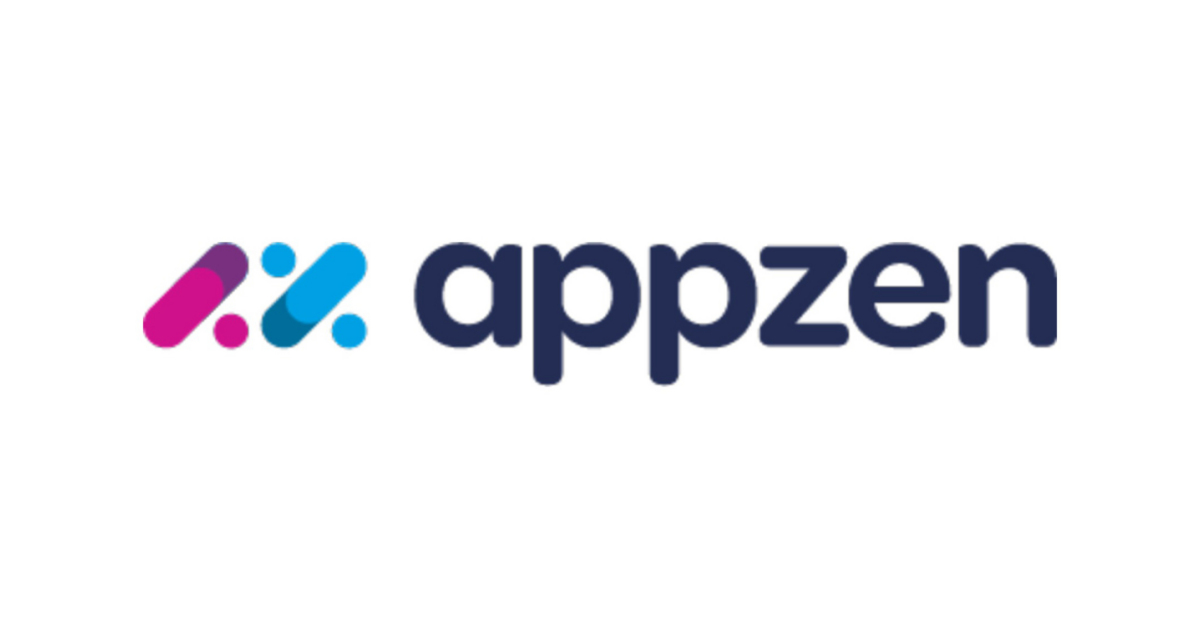Accounting
4 Limitations of the Three-Way Match You Need to Consider
Jun. 18, 2019

The three-way match, which cross-references invoices, purchase orders, and receiving documents before issuing payments, has been considered the industry-standard procedure in accounts payable departments for years—until now. As businesses become more sophisticated, there are far more data points to confirm the validity of an invoice. Does it include all early payment discounts? Are the payment terms (net 30, net 60) enforced? Unfortunately, many accounts payable departments don’t have the time or resources to manually check these items, and are unknowingly being overcharged for services that they didn’t receive, or products that aren’t for the negotiated rates or terms.
Below are four reasons the three-match is no longer enough to prevent overpayment or fraud.
1. The three-way match can’t check multiple data points
Again, the three-way match only verifies price and unit numbers across invoices, purchase orders, and receiving documents, but it doesn’t check critical information like volume discounts, payment terms, delivery times, transport conditions, chain of custody, service-level agreements, and more. These data can affect your bottom line: longer payment terms help you improve cash flow and maximize profits.
2. The three-way match doesn’t confirm that services were actually performed
Because of its limited sources of data, the three-way match doesn’t integrate with business systems to verify key fob swipes, messages sent, or software licenses. This data is important for creating a profile of contractor and service provider activity levels so you can make sure you’re actually receiving the work you’re paying for.
3. The three-way match still leaves you open to fraud
And outright fraud is a big problem. Aware of the sheer volume of invoices many business receive, clever criminals can thwart the three-way match by creating fictitious companies, enacting phishing scams, billing for products that were never delivered, overcharging for products, or inflating shipping charges. The three-way match won’t catch fake merchants, billing errors, or violations of payment terms.
4. The three-way match doesn’t check employee expense reports
Even if the three-way match works fine for your purchasing department, it won’t catch employee expense reports, which are processed through their own system, completely separate from AP. The average enterprise deals with thousands of expense reports each quarter, often overwhelming human auditors who may miss high-risk expenses and common misconduct like duplicate charges and mileage padding. The three-way match offers no visibility into questionable employee spending.
Address the shortcomings of the three-way match with artificial intelligence
The good news is that there is a solution for the limitations of the three-way match: Star Match, which uses artificial intelligence to cross-check the accuracy of documents and transactions—including expenses, invoices, —against AP systems, contract management, and expense reporting software; internal business systems data; and external signals from online sources.
To help ensure that you’re receiving the products and services you paid for, Star Match cross-references business data from email, messaging, badge access, sensor data, and system logs, as well as external online data to verify work activity, software license usage, shipping documents, and more. We match these data points to your contracts, invoices and any other documents to verify everything is correct. Because AppZen integrates with your expense automation system, Star Match matches across expense reports as well—the only solution to do so—helping you spot errors, waste, and fraud.
With AppZen and our AI platform powered by Star Match, you can enforce contract terms every time you receive an invoice, helping you better manage contracts and control spending.
===========
Josephine McCann is a Senior Marketing Associate at AppZen, the world’s leading solution for automated expense report audits that leverages artificial intelligence to audit 100% of expense reports, invoices and contacts in seconds.
